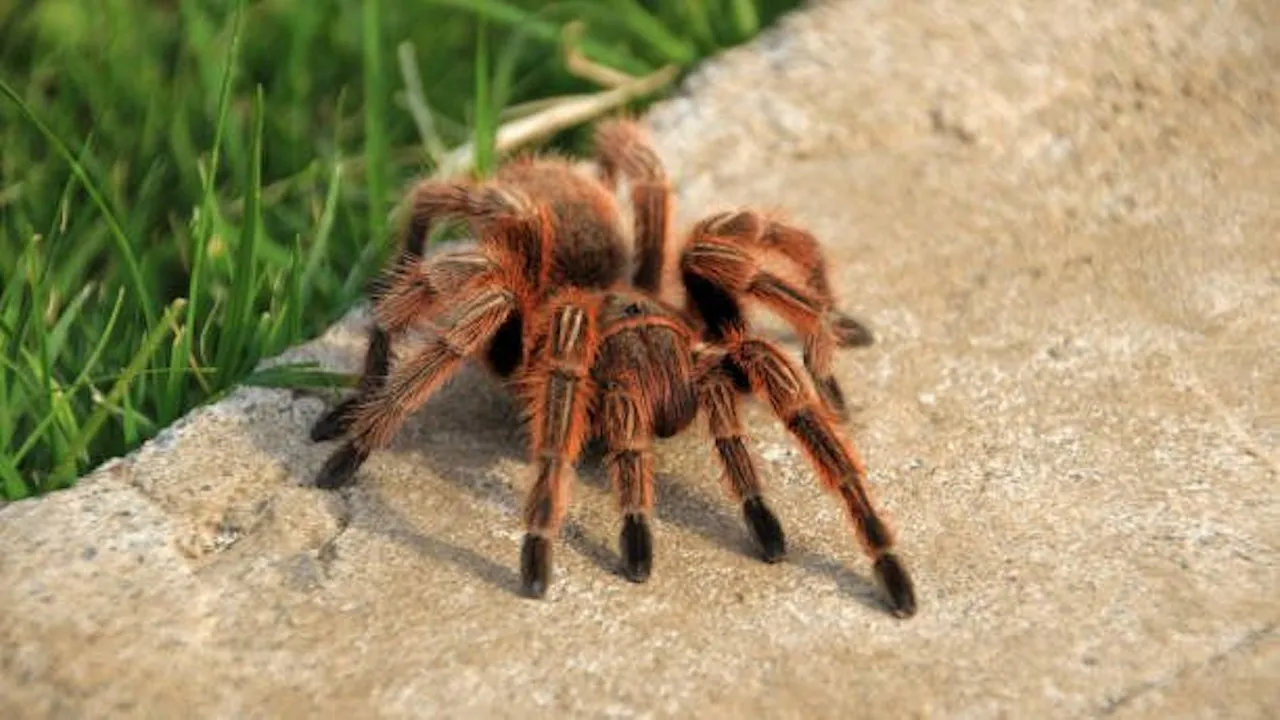Understanding Chilean Rose Tarantula Breeding
Breeding Chilean Rose Tarantulas can be a fascinating yet challenging endeavor for any arachnid enthusiast. These beautiful creatures, native to the deserts of Chile, offer a relatively straightforward breeding process compared to some other tarantula species. Understanding the basic requirements and behaviors of these spiders is the first step towards successful breeding. This guide will provide you with the top 5 tips to increase your chances of breeding success and bring the wonder of Chilean Rose Tarantula breeding to your home. By following these tips, you’ll be well on your way to experiencing the joys of witnessing the life cycle of these remarkable creatures firsthand.
Sexing Your Chilean Rose Tarantula
Before attempting to breed Chilean Rose Tarantulas, accurately sexing them is crucial. This ensures you have a compatible male and female for successful mating. There are several methods to determine the sex of your tarantula, but some are more reliable than others. Careful observation and understanding of the physical characteristics are key to a correct identification. The process is not always easy, especially with juvenile tarantulas, but with patience and a keen eye, you can greatly increase your chances of getting it right. Incorrectly sexing your tarantulas can lead to wasted time and potential danger for the female.
Identifying Male and Female Tarantulas
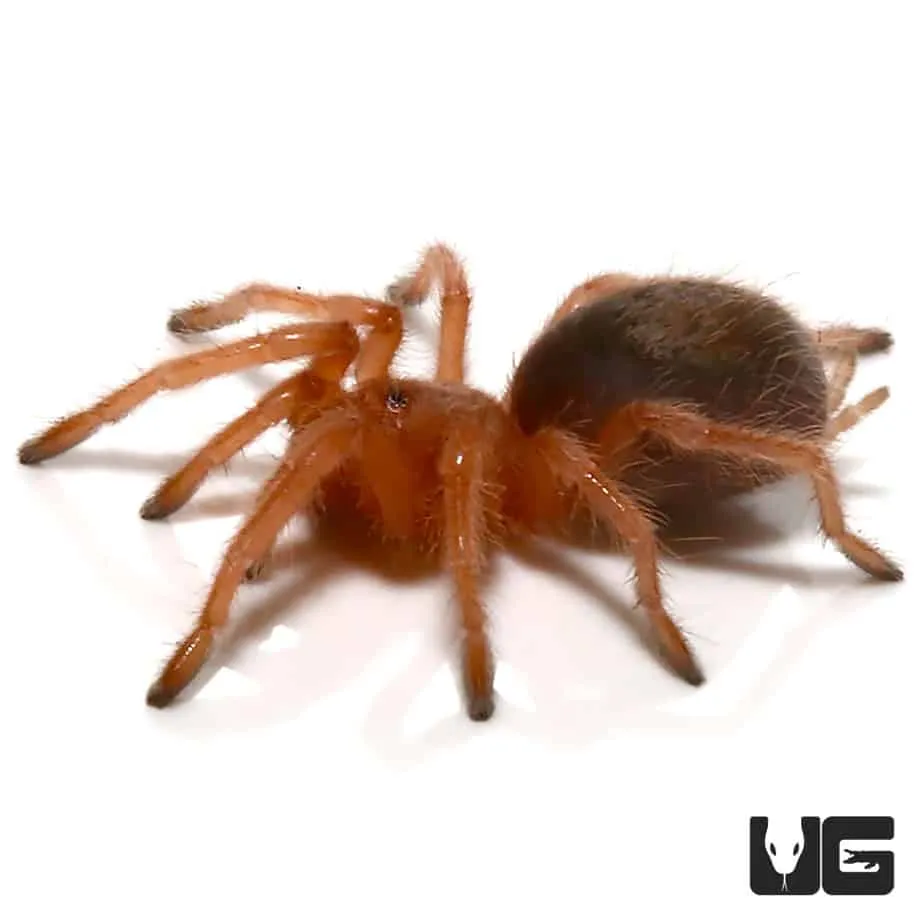
The most reliable way to sex a tarantula is to examine its exuviae (shed skin). Male tarantulas possess specialized structures called tibial hooks on their front legs, which they use to hold the female’s fangs during mating. Females, on the other hand, lack these hooks. Additionally, male tarantulas have bulbous pedipalps, resembling boxing gloves, which they use to store sperm. By carefully examining the shed skin under magnification, you can often identify these telltale signs. If you cannot get the shed skin, there are other ways to determine the sex, but they are less accurate.
Observing Physical Characteristics
While not as accurate as examining exuviae, observing certain physical characteristics can provide clues. Mature males often have a smaller overall body size and longer legs than females of the same age. Females tend to have a more robust body and a rounder abdomen. However, these differences can be subtle, and relying on them alone can lead to mistakes. Some online resources also provide guides, but remember that these visual guides are not always accurate and should be used cautiously. It’s always recommended to consult with experienced breeders if you are unsure about your tarantula’s sex.
Preparing for Mating
Once you have successfully sexed your tarantulas, the next step is to prepare them for mating. This involves creating an environment that mimics their natural habitat and encourages mating behavior. Proper preparation is critical for the safety of both the male and the female. This can be a stressful experience, so minimizing stress and providing a comfortable environment is crucial. It’s also important to keep detailed records of your tarantulas, including their age, molting history, and any previous breeding attempts.
Creating the Ideal Environment
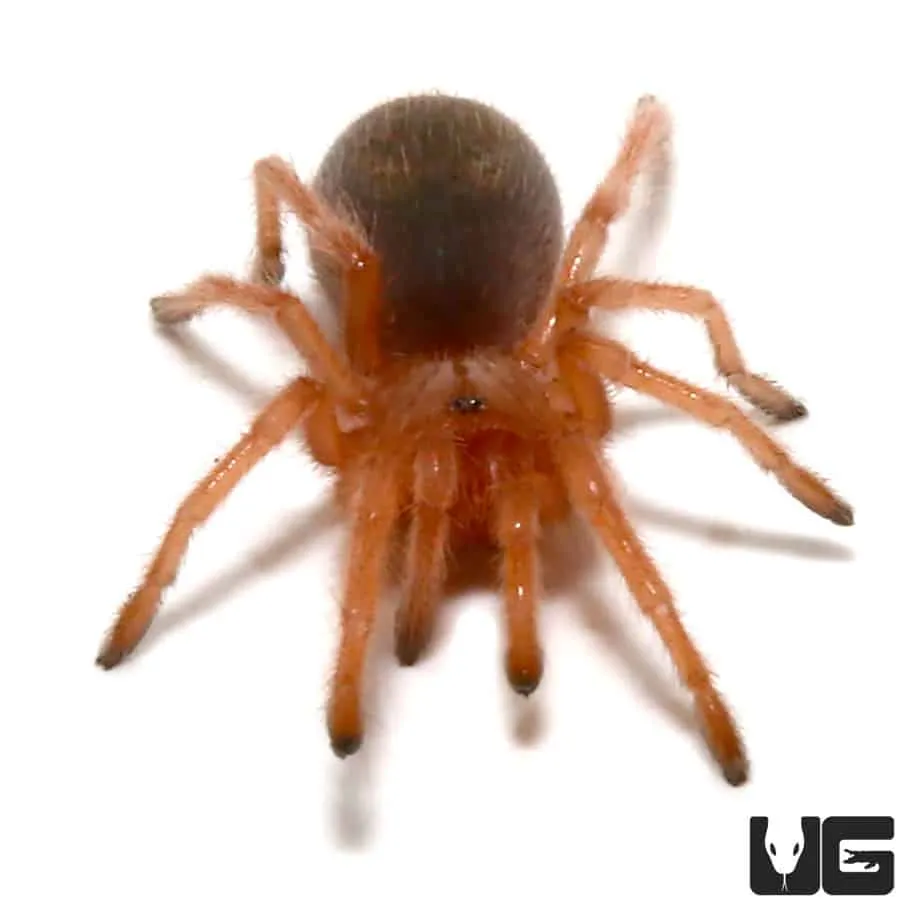
The ideal breeding environment for Chilean Rose Tarantulas replicates their native desert habitat. This involves providing a spacious enclosure with appropriate substrate, hides, and a water dish. A secure enclosure is paramount, as tarantulas are escape artists. The enclosure should be well-ventilated to prevent the buildup of excess humidity. Use a substrate like coco coir or a mix of peat moss and vermiculite. Include a hide, such as a cork bark or a half-log, where the tarantula can retreat and feel safe. The size of the enclosure should be appropriate for the size of the tarantula, usually, around 10-20 gallons is enough.
Optimizing Temperature and Humidity
Chilean Rose Tarantulas thrive in a temperature range of 70-85°F (21-29°C). Maintaining this temperature is crucial for their overall health and breeding success. You can use a heat mat or a ceramic heat emitter to regulate the temperature in the enclosure, but always monitor the temperatures carefully to avoid overheating. Humidity levels should be relatively low, around 60-70%. This can be achieved by lightly misting the enclosure once or twice a week, ensuring the substrate is damp but not waterlogged. Adequate ventilation is essential to prevent mold and fungal growth. Remember to use a hygrometer to measure humidity levels.
Feeding and Hydration
Proper nutrition is essential for both the male and female tarantula. Before mating, ensure your tarantulas are well-fed and hydrated. Feed them a varied diet of appropriately sized insects, such as crickets, mealworms, or roaches. Remove any uneaten food within 24 hours to prevent mold growth. Always provide a shallow water dish with fresh, clean water. Hydration is especially important for the female, as she will need to support the development of her eggs. Overfeeding is not generally a problem, but underfeeding can be detrimental to the breeding process.
The Mating Process
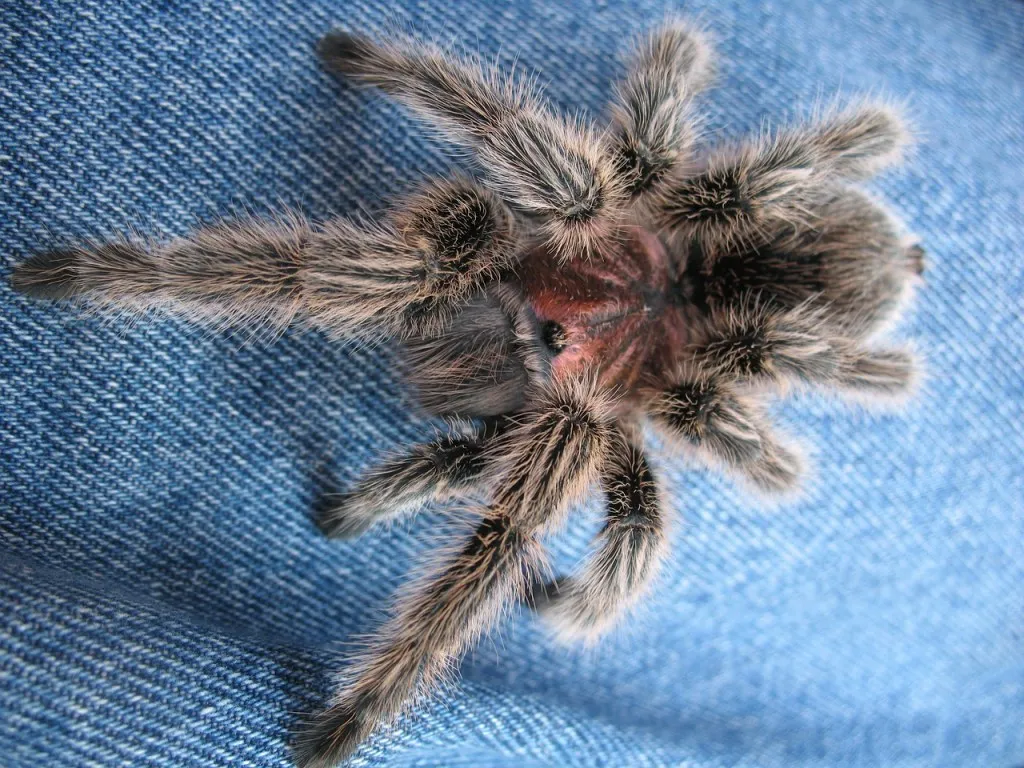
The mating process is a delicate and fascinating interaction between the male and female Chilean Rose Tarantulas. Careful observation during this time is crucial to ensure the safety of both spiders and to maximize the chances of successful breeding. The male’s survival depends on his ability to complete the mating process and escape before the female attempts to consume him. Never force the process, allow the tarantulas to interact on their own terms.
Introducing the Tarantulas
The introduction process should be done with caution, especially if the female is not receptive. Place the male tarantula into the female’s enclosure and monitor their behavior closely. It’s best to introduce the male into the female’s enclosure when she is well-fed and after the female has been in the tank for at least several weeks. Some breeders prefer to introduce the male to the female’s enclosure first to give the female a chance to adapt. The male will typically begin by tapping on the female’s legs, a behavior known as drumming, to signal his presence. The male’s life is in danger, so a well-fed female is more likely to cooperate.
Monitoring the Mating Behavior
Carefully observe the mating behavior. If the female is receptive, she will allow the male to approach and mate. The male will use his tibial hooks to secure the female’s fangs and insert his pedipalps into her epigastric furrow to deposit sperm. The process may take some time, and the male needs to be quick. If the female is not receptive or displays aggression, separate the spiders immediately to prevent the male from being killed. Some females may eat the male after mating, while some may not. After mating, separate the male from the female as soon as possible.
Post-Mating Care
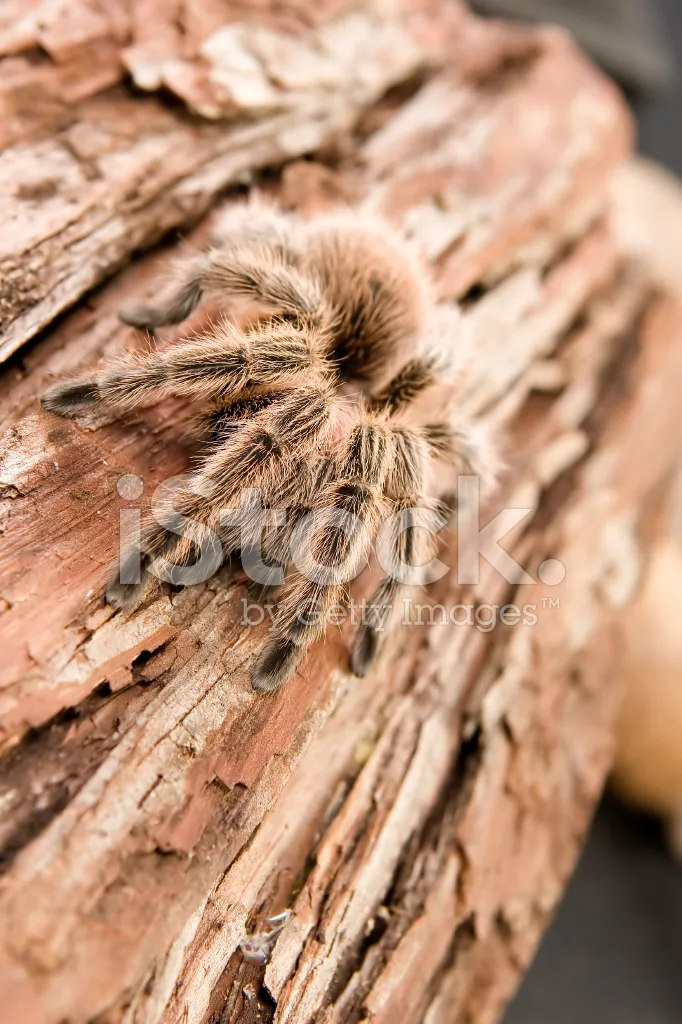
After mating, provide the female with the necessary care to ensure the successful development of her eggs. This includes proper feeding, hydration, and a stress-free environment. The female’s behavior may change, and you will want to minimize any disturbance to her and her future egg sac. The female tarantula will likely become more reclusive and less inclined to eat. This is normal, but continue to offer food periodically.
Caring for the Female Tarantula
After mating, the female Chilean Rose Tarantula will start producing eggs. Keep the female’s enclosure clean and maintain a stable environment. Continue to provide a water dish filled with fresh water. Offer food regularly, but do not be concerned if she eats less than usual. It is critical that you provide a quiet and stress-free environment to allow her to develop the eggs. Watch for signs that she is about to lay her eggs, such as changes in her behavior or web-making activity. The female will create a web mat, the eggs will then be laid in the mat.
Egg Sac Management
Once the female has laid her eggs and created an egg sac, you have a couple of options. You can leave the egg sac with the female, allowing her to care for it. She will typically guard the egg sac and turn it to ensure proper development. This is the most natural method, but it may reduce the number of spiderlings that hatch. Alternatively, you can remove the egg sac and incubate it artificially. This method requires careful monitoring of humidity and temperature. The process is best left to experienced breeders, as the handling of an egg sac can lead to damage. Consider doing research before attempting to incubate the egg sac yourself.
Raising Spiderlings

Raising spiderlings is a rewarding but demanding process. Proper care and attention are critical during this phase to ensure the survival and healthy development of the spiderlings. They are very fragile and require a tailored environment. Spiderlings are much smaller and more vulnerable than adult tarantulas. You must keep a close eye on them and be prepared to deal with any challenges that may arise.
Setting up the Spiderling Enclosure
Once the spiderlings hatch, you will need to set up individual enclosures for them. You can house them communally for a short period, but this is risky and can result in cannibalism. Small deli cups or vials with ventilation holes are ideal for this purpose. The substrate should be damp but not wet, and the enclosure should be kept at a temperature of around 75-80°F (24-27°C). Provide a small water source, such as a bottle cap with water or a small piece of damp cotton. Keep the enclosure clean and remove any uneaten food or dead insects. Make sure to consider how easy it is to manage a small container.
Feeding the Spiderlings
Spiderlings require a diet of small, appropriately sized insects. Fruit flies or pinhead crickets are ideal for young spiderlings. Feed them a few times a week, and observe them to ensure they are eating. Remove any uneaten food promptly to prevent mold growth. The amount of food offered should be proportional to the spiderling’s size. As the spiderlings grow, you can gradually increase the size of the insects. Regular feeding and maintenance of their enclosure will allow the spiderlings to thrive, and it is extremely rewarding to watch them grow.
Final Thoughts and Resources
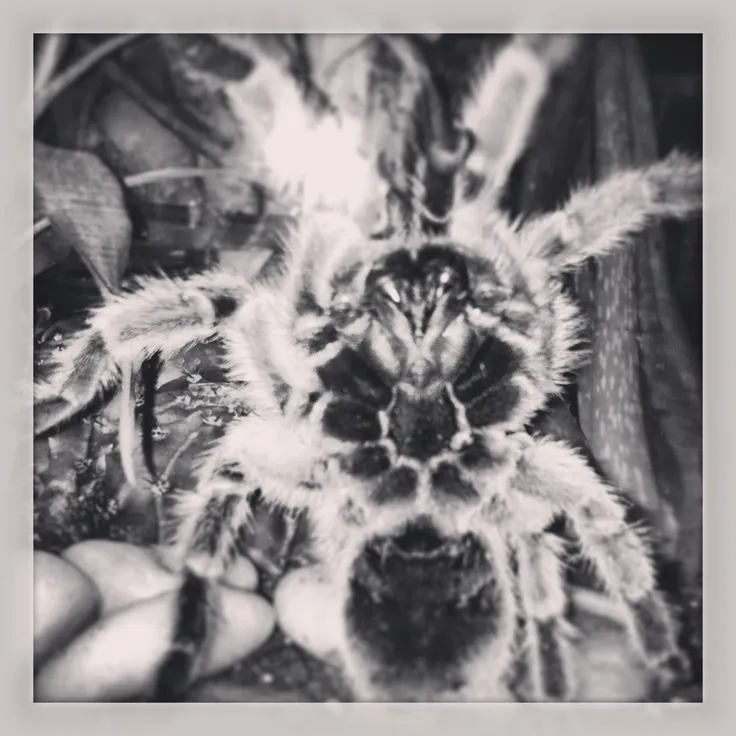
Breeding Chilean Rose Tarantulas can be a rewarding experience, but it requires patience, knowledge, and dedication. By following these top 5 tips, you can increase your chances of success and enjoy the fascinating world of tarantula reproduction. Remember to always prioritize the well-being of your tarantulas and to consult with experienced breeders for advice and support. Keep an eye on reputable online resources and experienced breeders in your area to find more specific information. Good luck with your breeding efforts, and enjoy the journey. Consider joining a local tarantula club or online forum to learn more and to network with others.
